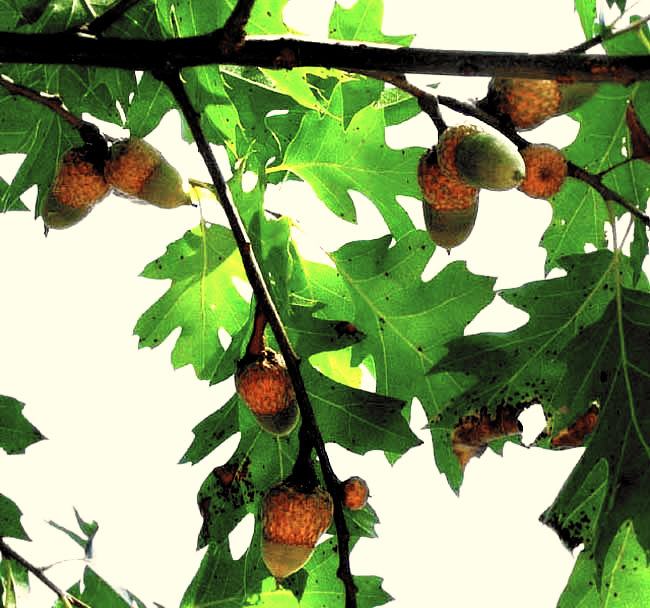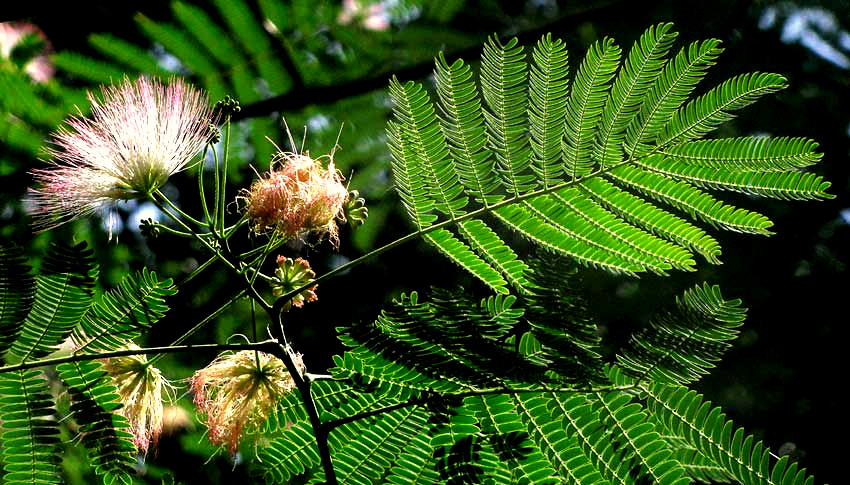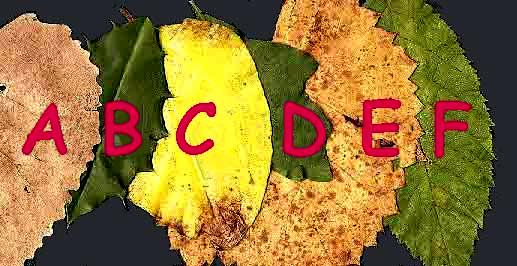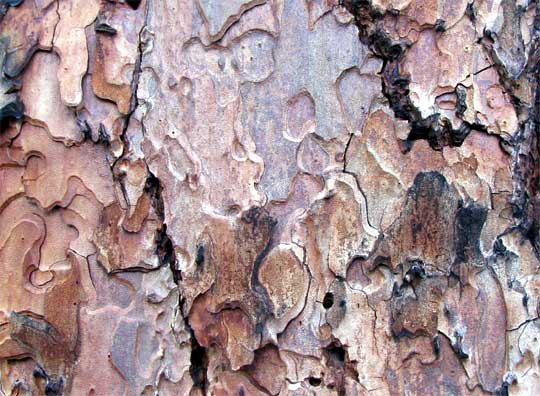

It's good to pay attention to trees if only because they're such perfect examples of good citizens of Earth's community of living things. On hot summer days they offer cool shade, and if they drop leaves or needles in the fall or during the dry season, they're returning nutrients they've borrowed from the Earth, for use by other living beings. Birds nest in trees, and sing from them. And all the time trees are doing these things, their green leaves are quietly, diligently and lovingly photosynthesizing fresh oxygen for us all. Moreover, as they accomplish all this vital work, they do it gracefully. Even the patterns of naked branches in the dead of winter are pleasing to look at, to study and to feel what those patterns are saying about life in general.

Once the backyard naturalist is drawn to a tree, it's human nature to wonder, "Who are you, tree? What's your name? If I had your name, I could look you up and find out lots of stuff about you... "
If you make the effort to know the tree at the left, you'll find that it's a California Black Oak, Quercus kelloggii, noted for its large acorns with handsome, golden cups. Traditionally, indigenous Americans preferred California Black Oak acorns over all other oak species for preparing nutritious acorn meal, for bread and porridge. Insect galls on the tree are so astringent -- puckery -- that juice from them can be used to treat hemorrhages, diarrhea, and more. The species is endemic to California's foothills and lower mountains, and southern Oregon.
IDENTIFYING TREES
The Backyard Naturalist approach to Nature study is to identify something, look it up, and then throughout life keep learning more and more about the thing you've met, always clustering new information and insights around that name. The name "California Black Oak, Quercus kelloggii," is a key to a door opening into a space of unlimited possibilities.
Moreover, identifying the trees around us is something we can do.
When local, tree-savvy folks aren't available to help us, good field guides help us identify our trees. The number of tree species we have to work with is just about perfect. A typical field guide to North American trees might include 700-800 species, and the list of trees found in woods in parks and the countryside around a town might include 50 or so species. The mind can deal with such numbers! It's not as with insects or fungi, where you might have thousands of options, and never feel sure that you've figured it out right. Tree ID can feel solid.
TREE FIELD MARKS

At the left, the Silk Tree, Albizia julibrissin, on a hot summer day not only suffuses the air with sweet flower fragrance, but also it challenges us. In those powder-puff masses of pinkish flower heads, where exactly are the flowers, and what plant family do they suggest? With those feathery leaves, where exactly is the leaf and if it's a compound leaf, is it once- twice- or three-times compound?

Speaking of leaves and leaflets, the foliage of each tree species has margins of a distinct character, as shown at the right. Margins are just one feature of leaves discussed on our Leaf Field Marks page. Leaves on a tree are like nose, eyes, lips and ears on a human face revealing to us that individual's identity.

Jeffrey Pine, Pinus jeffreyi, is similar to other pine species in California, except that its park exfoliates with scales fitting together like jigsaw-puzzle pieces, and the trunk smells of pineapple! With practice, you can know most trees just by their trunks seen in wintertime. Several kinds of bark are shown on our Tree Bark page.
This is just a hint at the many field marks that can help us identify trees in the field. Our Backyard Plants Index Page links to many other features that might help us: Spines, hairs, fruits and seeds, flowers, buds, twig features, root types and more.
LISTING YOUR TREES
On our Lists page we consider the fun that can be had making lists. You can organize your lists anyway you wish. One way is in a notebook, or in a document on your computer. You might enjoy browsing an amateur naturalist's tree list for a plantation in Mississippi, made many years ago, but still evoking good memories of those tree-identifying times.
Several websites help us identify certain kinds of trees, in certain places. A few are listed on our Plant & Animal Identification page.
The iNaturalist.Org website is the most popular place for amateur naturalists to post lists of organisms identified all over the world. It's all for free, both for uploading your lists, and for an app designed for list making and browsing.